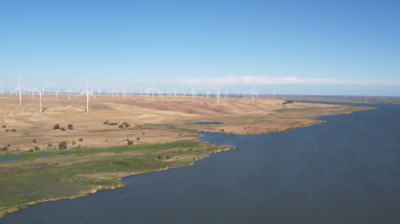Bay Area Balance: Preserving Open Space, Addressing Housing Affordability
Failure to produce housing in the Bay Area’s urban core and near transit represents a serious threat to the region’s open space, according to a new study released yesterday by the Bay Area Council Economic Institute that makes the economic case for preserving natural and working lands and identifies opportunities for responsible development in the region.
Despite the vast opportunity and need – let alone a requirement by law to help meet California’s ambitious GHG reduction targets – the Bay Area has made glacial progress realizing only 57% of the full potential for infill housing development of its urban core. Inability to build housing in the region’s core is forcing development further away from job centers, jeopardizing valuable open space and undermining state climate change goals. The analysis estimates the Bay Area greenbelt’s value to be as high as $14 billion per year – with direct and indirect benefits stemming from food, recreation, clean air, natural resources and protection against sea level rise.
“Building more housing and protecting open space are not mutually exclusive,” says Bay Area Council Economic Institute President Micah Weinberg. “We need to develop responsibly and actually fulfill state-mandated requirements to build within Priority Development Areas, meeting transit-oriented, infill housing goals. Smart growth will spare our open space and keep the Bay Area economically resilient, sustainable and equitable.”
Read Bay Area Balance: Preserving Open Space, Addressing Housing Affordability>>





